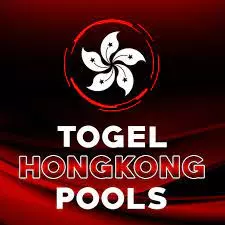Types of Fire Extinguishers
A fire extinguisher is the tool that you would use in an emergency situation to put out a fire in your home, office, or shop. Having the proper fire extinguisher can save lives and reduce property damage. Fire extinguishers are available in many different types and sizes. Fire extinguishers are typically divided into two categories: handheld and cart-mounted (also called wheeled) extinguishers. Handheld fire extinguishers are the smaller models and typically weigh between 0.5 and 14 kilograms (1.1 to 30.9 lb). Cart-mounted units are larger, weighing more than 23 kilograms (51 lb). They are typically used at construction sites, airport runways, heliports, and docks.
Water extinguishers are the least hazardous and easiest to maintain varieties of fire extinguisher. They work by soaking the material and fire with water, thus cooling the fire and removing the oxygen from the fire triangle. They are suitable for Class A fires only, such as paper, wood, cardboard, and most plastics. They should not be used on grease or oil fires as they can splash and spread the fire. Likewise, they should not be used on electrical equipment fires as the water can cause electric shock.
Foam extinguishers, also known as AFFFs, are usually red in color and are designed for Class B and Class C fires. They work by discharging a water-based, chemical foam that sits like a film over the fuel and cuts off the oxygen supply, effectively smothering the fire. They can be discharged in either an aspirated (mixed and expanded with air in a branch pipe) or non-aspirated (dispensed from a jet nozzle) form. Foam extinguishers are also available in a pre-mix version, where the AFFF foam concentrate is stored as a dry compound inside the extinguisher and is mixed with water upon discharge.
Dry chemical (class A) and dry powder (class B) fire extinguishers are effective in fighting combustible materials or fuel fires. They use fine particles of chemicals to interrupt the chemical reaction and stop the fire from re-igniting. Dry chemical and powder extinguishers are effective on multiple classes of fires, but can be difficult to use.
Halon (including 1301 and 1211) and halocarbon gases are gaseous agents that inhibit the chemical reaction of the fire. They are effective on Class A and Class B fires, but are not suitable for electrical fires (Class C).
There are many other fire extinguisher types such as carbon dioxide and wetting agent. Many fire departments have private label versions of major brands or sell their own brand to match the fire apparatus on their vehicles. Vintage extinguishers can be valuable collector items, as they may have rare, hard-to-find types of agents.
The National Fire Protection Association has set standards for how often fire extinguishers must be tested and serviced to keep them in working condition. They are usually inspected every 30 days to ensure that the fire extinguisher is pressurized and unobstructed. They are also required to be tested and serviced annually by a qualified technician who will recharge the unit, if necessary. Some areas also have additional requirements such as requiring that the fire extinguisher be kept within 75 feet (22.9 m) of all employees in all workplaces.
